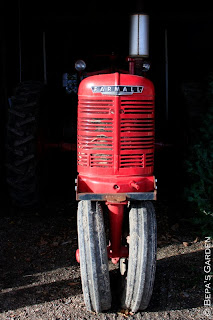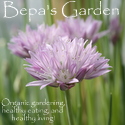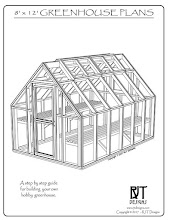One of my most favorite crops to grow this year was the sweet corn.
We had been trying to grow corn successfully for several seasons, but haven't had the best of luck. It was getting harder and harder to find organic, non-gmo seed, and when we were able to, and planted some, our seedlings were either devoured by crows or raccoons.
This year we decided to plant corn in the school garden. We purchased seed from 1840 Farm's Heirloom Seed Collection and had the children from one of our after school garden clubs plant the seeds on May 30th.
We weren't sure how well the corn would grow because this was the first year growing the garden. The beds were freshly dug and only amended with a few inches of aged horse manure, but to our surprise the corn started sending up shoots in just 5 days!
The corn continued to grow and within a month it was surely knee high by July!
We just watered and weeded through the summer and were amazed by how fast the corn was growing.
By the end of July the corn was over 7 feet tall and was starting to form ears and tassels.
The stalks were unbelievably thick with roots that looked like fingers, holding it to the ground as it reached for the sky.
On August 25th were were harvesting the first ears of corn, roughly 3 months after planting it. The corn was so sweet and tender most of it was eaten raw right there!
We managed to save a few ears from being devoured right there and were able to give some to the families that helped with the garden.
We also left some on the stalks to dry so we could save the seeds for next years planting. When the corn was completely dry, and the kernels easily popped out, we picked it and saved the seeds. The dried stalks were donated to the school to use as decorations for the Halloween festival.
I was thrilled to have had such success growing corn, and the taste was so much sweeter than anything we have ever purchased at the grocery store. We now have over 200 seeds to plant in the school garden and in our own garden next year and we plan to save much more seed next time.
This was my first success growing corn and saving the seed. It was actually pretty easy to do and I look forward to saving seeds from more varieties each year.
My wife often jokes that I have millions of seeds stashed in paper bags and envelopes throughout my office. The scary thing is she is probably right, but there are reasons to my obsession (or madness). I want to be able to save enough seeds so we can donate them to other school gardens just starting out. I also want give some to school families so they can garden at home, and sell some to raise money to help support the school garden. I think by next year we will have enough seeds saved to do all this!
~Rob~

























































